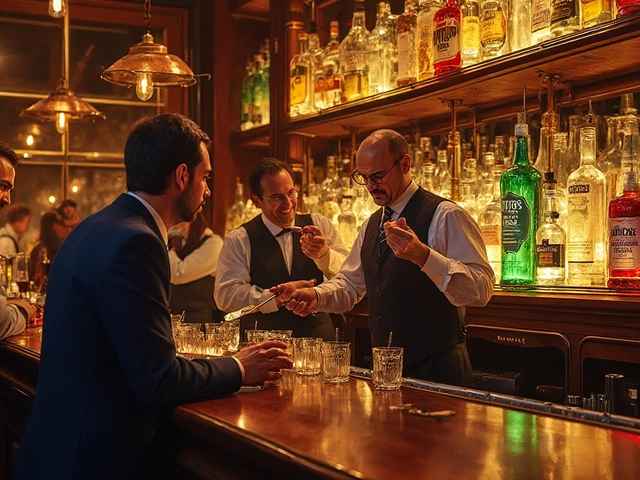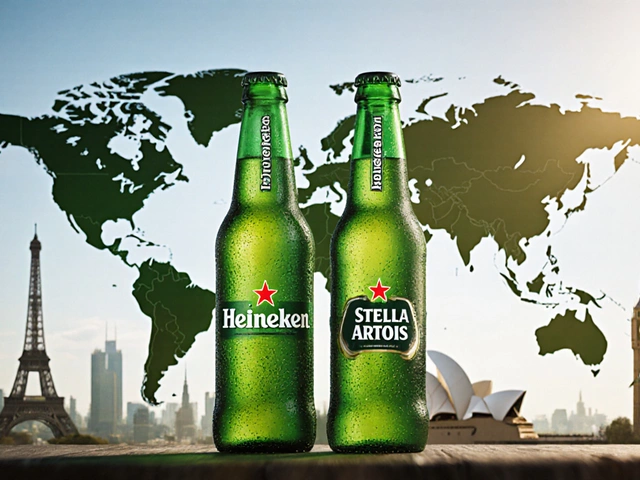Budweiser Origin: The Story Behind the King of Beers
If you’ve ever cracked open a cold Bud, you’ve probably wondered why it’s called Budweiser. The name isn’t just a catchy brand – it has a real history that starts in the 1800s with two German immigrants and a little town in the Czech Republic.
The German Roots and the Budweis Connection
In 1852, Adolphus Busch arrived in America from Germany. He settled in St. Louis, Missouri, a city that quickly became a hub for German brewers. A few years later, Carl Conrad, another German immigrant, opened a brewery in St. Louis called the Conrad’s Brewery. Busch joined Conrad as a partner, and together they began experimenting with lager styles that were popular back in Europe.
The name “Budweiser” was borrowed from the town of Budweis (now České Budějovice) in what is today the Czech Republic. Budweis was famous for its rich, malty lagers, and the word “Budweiser” simply meant “from Budweis.” By using the name, Busch and Conrad were signaling that their beer followed the same high‑quality tradition.
In 1876, the pair launched their first beer under the Budweiser label. They used a blend of two‑row barley and a special yeast that gave the brew a smooth, easy‑drinking character. The recipe was kept a secret, and it quickly earned a reputation for consistency and flavor.
From Local Brew to Global Icon
The big break came in 1879 when Adolphus Busch married the daughter of Eberhard Anheuser, the owner of the massive Anheuser Brewery. The marriage turned the small Budweiser operation into part of the Anheuser‑Bundling empire. With Anheuser’s distribution network and Busch’s marketing flair, Budweiser spread far beyond St. Louis.
Busch introduced a series of smart ideas that turned Budweiser into a household name. He was one of the first brewers to use refrigerated railcars, which kept the lager cold on long trips. He also launched the famous “Budweiser Beer Chute” in the 1880s – a hidden pipe that moved beer from the brewhouse to the storage cellar, keeping the brew untouched by light and air.
Advertising played a huge role too. Early ads featured the slogan “The King of Beers,” a title that stuck and helped the brand stand out in a crowded market. By the early 20th century, Budweiser was being shipped to every corner of the United States, and eventually, the world.
Today, Budweiser is still brewed using a version of the original recipe, though modern technology has refined the process. The brand remains owned by Anheuser‑Busch InBev, the world’s largest brewing company, but the story of two German immigrants chasing a taste from a Czech town still drives its identity.
So the next time you pop a Bud, remember it’s more than just a beer. It’s a piece of 19th‑century brewing history that traveled from Budweis to St. Louis and ended up on tables worldwide. Knowing the origin adds a little extra flavor to every sip.
Budweiser, a name almost synonymous with beer in numerous parts of the world, has its roots deeply entrenched in rich brewing history. As we unfold the fascinating journey of Budweiser, we delve into its origins and how it has grown to be one of the most celebrated beers globally. Known for being a pivotal part of beer festivals across continents, Budweiser's legacy goes beyond just a brand—it's a cultural phenomenon. Discover its true birthplace, the influences behind its creation, and why it remains a favorite at beer festivals everywhere.
View Details

